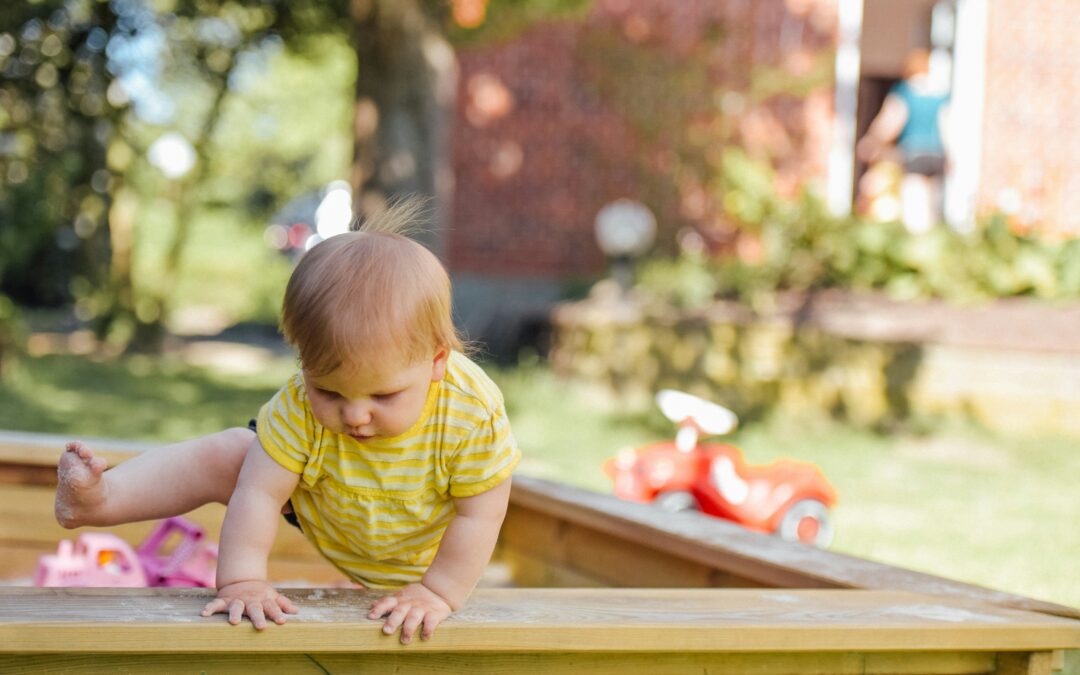A more serious topic for you today… It can be difficult to think about our children being hurt, but the truth is, preparing for it now can save an awful lot of heartache down the line.
Our homes should be a place where little ones can explore, learn, and grow safely—but accidents do happen. The good news? With a few simple precautions, we can prevent the most common injuries and create a secure space where our children can thrive. Let’s walk through the most Creating a safe home environment is crucial for protecting children from unintentional injuries. In the UK, home accidents are a leading cause of injury among young children. important steps to making your home the safest it can be.
According to the Royal Society for the Prevention of Accidents (RoSPA), approximately 6,000 deaths occur each year in the UK due to home accidents, with children under five being particularly vulnerable.
Key Statistics:
- Hospital Admissions: In 2018/19, there were 45,661 hospital admissions due to unintentional injuries in children under five in England and Wales.
- Fatalities: Each year, an average of 55 children under five die due to unintentional injuries in and around the home in England.
Common Causes of Home Injuries:
- Falls: The most frequent accidents, often occurring from stairs or unsecured furniture.
- Poisoning: Ingestion of household cleaning products or medications.
- Burns and Scalds: Contact with hot surfaces, liquids, or fire.
- Drowning: Incidents in bathtubs or garden ponds.
Preventative Measures:
- Falls:
- Use safety gates to prevent access to stairs.
- Keep stairs free from clutter to avoid trips and falls.
- Secure heavy furniture to walls to prevent tipping.
- Poisoning:
- Store medicines and cleaning products out of children’s reach.
- Be aware of plants with poisonous leaves or berries, either in your house or in the garden.
- Burns and Scalds:
- Fit fireguards to all fires and heaters and use a sparkguard too if you have a coal or wood fire.
- When running a bath for your child, always put the cold water in first.
- Drowning:
- Never leave children or babies alone in the bath, even for a moment.
- Garden ponds should be filled in when children are small, or safely fenced off or covered.
By implementing these safety measures, parents and caregivers can significantly reduce the risk of unintentional injuries in the home, ensuring a safer environment for children.


Recent Comments